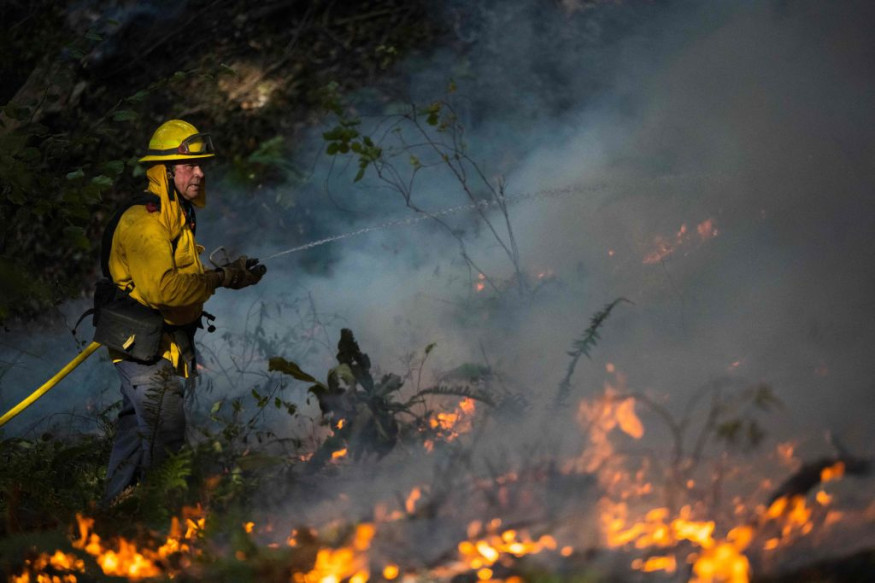A report warned of the potential impacts of increasing and intensifying wildfires globally, particularly for the temperature Conifer forests. Wildfires leave environmental impacts on animals' habitats and human communities.
In a recent Nature World News (NWN) report, experts explained the influence of climate change on extreme weather events, including the following:
- wildfires
- heat waves
- drought
- hurricanes
- storms
Human-caused climate change has been attributed to the worsening impacts of wildfires and extreme drought. According to reports, the requirements for a fire to start are the following:
- scorching heat
- low relative humidity
- dry conditions
In the United States, the western portions are known to be vulnerable to wildfires. The recent scorching heat and dry conditions contributed to wildfire concerns, causing significant damage to trees, forests, and communities.
Considering the alarming impacts of climate change-driven wildfires, studying the potential environmental and economic consequences is essential for conservation and protection efforts.
Increasing Global Wildfire Risk

According to a recent report, extreme wildfires have worsened or doubled over the past two decades. Researchers also discovered temperate conifer forests have been facing an 11-fold rise in extreme fires.
To better analyze the fire frequency, the report conducted a global trend plot of different destructive fires that caused significant damage to the economy, animals, and humans. The report studying these wildfires was published in Nature Ecology & Evolution.
Another report highlights the frequency and intensity of these deadly wildfires. The researchers noted that extreme fires managed to double from 2003 to 2023, to which climate change contributed.
In the report, the researchers utilized satellite data to observe about 3,000 wildfires with radiative power. In this analysis, they found a 2.2-fold increase in terms of occurrence over 20 years.
Considering the increasing wildfire risk, the accelerating trend of wildfires can have devasting aftermath, particularly for poorer or fire-prone areas. Additionally, the report explains the 20 most extreme wildfires also doubled.
In tracking deadly and damaging wildfires, the researchers highlight that the six most extreme wildfires, in terms of intensity and frequency, occurred since 2017. 2023 also recorded the highest intensities of wildfires.
Read also: US Heatwaves: 110 Million People Threatened by Widespread Heat from Chicago to Philadelphia
Wildfires in temperate conifer forests
Alarmingly, the report shows that extreme wildfires have become frequent or are increasing in areas in western North America with temperate conifer forests and boreal forests located in Russia, Canada, and Alaska.
The wildfires reached over a 11-fold in US western portions over the past two decades.
Furthermore, the rapid rise of wildfires has been linked to climate change effects that help fuel widespread fires by creating tinder-dry conditions. Burning forests has another environmental impact due to stored carbon affecting the atmosphere.
Understanding the global consequences of wildfires requires urgent climate-mitigating efforts to protect economies, ecosystems, and vulnerable communities. Additionally, forest management and fire suppression can potentially help address the rapid spread of fires.
Read also: California: 'Post Fire' Forces Evacuation Of At Least 1,200 Individuals; Cause Still Unknown
For more similar stories, don't forget to follow Nature World News.
© 2025 NatureWorldNews.com All rights reserved. Do not reproduce without permission.





